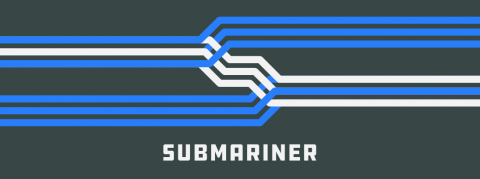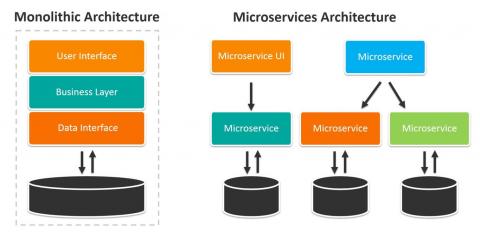Rancher 2.2 Hits the GA Milestone
We released version 2.2.0 of Rancher today, and we’re beyond excited. The latest release is the culmination of almost a year’s work and brings new features to the product that will make your Kubernetes installations more stable and easier to manage.








